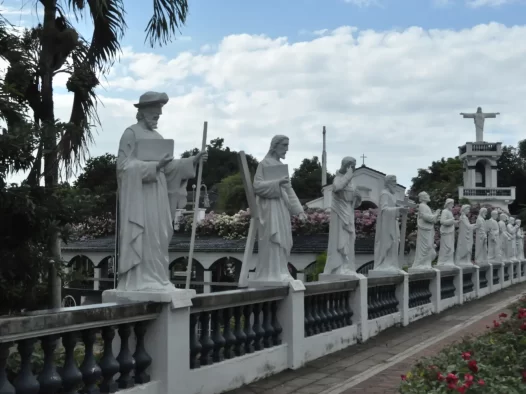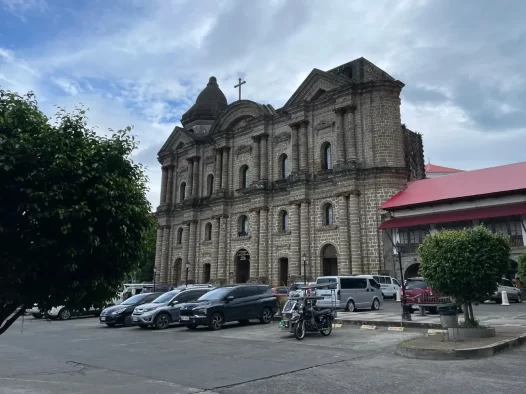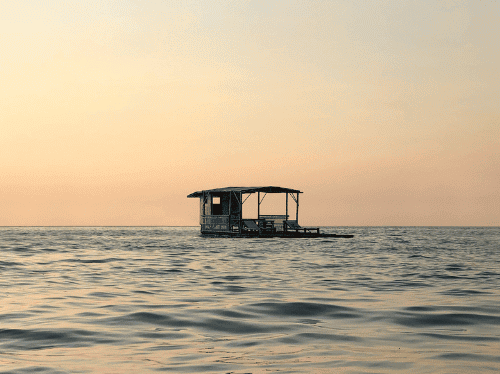Batangas City
Batangas City, situated in the CALABARZON region, holds the distinction of being classified as a Regional Growth Center. Additionally, it has been designated as a Regional Agro-Industrial Center and Special Economic Zone in accordance with the Medium Term Philippine Development Plan and the Eco-zone Act of 1995.
In addition to its role as a harbor, Batangas City plays a significant role as an alternative commercial hub for both Southern Luzon and Metropolitan Manila. The completion of essential infrastructure projects such as the Southern Tagalog Arterial Road (STAR) and the South Luzon Expressway Calamba Interlink has greatly improved accessibility, making travel to Batangas City faster, safer, and more convenient. Moreover, the city is strategically positioned as a central point in the western nautical highway network, providing crucial links to the Visayas and Mindanao regions through the Batangas City-Calapan City link.
Batangas City’s commendable efforts have not gone unnoticed, as it was recognized in 2010 for its integrity and transparency in dealings, earning the title of “Most Honest and Transparent City.” Additionally, the city received accolades for being the “Most Supportive City to Micro, Small, and Medium Enterprises” by reputable organizations such as the Asian Institute of Management (AIM) Policy Center, the US Agency for International Development (USAID), and the German Technical Cooperation Agency (GTZ).
With its dynamic economic potential, strategic location, and commitment to fostering a supportive business environment, Batangas City continues to thrive as a vital hub for trade, industry, and economic growth in the region.
History and Heritage
In 1572, Spanish missionaries first arrived in what would later become known as Batangas City. The settlement was officially founded in 1581 and was named “Batangan” due to the abundant presence of large logs along the Calumpang River. The local natives referred to these logs as “batang,” which eventually led to the naming of the settlement as “Batangan.” The name was later modified to “Batangas” in 1601. Don Agustin Casilao was appointed as the first Gobernadorcillo, marking the early governance of the area.
Since 1754, Batangas City has held the position of the capital and administrative center of the province, playing a significant role in the region’s governance and development.
Over the course of its history, Batangas City has witnessed key events that shaped its growth and progress:
- In 1581, the first Roman Catholic Church was built, emphasizing the early influence of Christianity in the area.
- On July 4, 1901, during the American Regime, the Civil Government was established, introducing a new era of governance.
- In 1902, Batangas High School was established, later known as Batangas City Integrated High School (formerly Batangas National High School), providing educational opportunities for the local population.
- On June 19, 1909, the Batangas Municipal Hall was inaugurated, serving as a crucial administrative center for the city.
- In June 1910, the Batangas Trade School was formally opened, eventually becoming Batangas State University, formerly known as the Pablo Borbon Memorial Institute of Technology, contributing to the city’s educational landscape.
- On July 25, 1915, Plaza Mabini was inaugurated, honoring the memory of Apolinario Mabini, an important figure in the country’s history.
- December 12, 1941, marked a dark chapter as Japanese planes bombed and completely destroyed the Batangas Airport in Barangay Alangilan during World War II.
- February 13, 1948, brought recognition to the Batangas Catholic Church, as it was elevated to the status of Basilica Minor of Infant Jesus and Immaculate Conception.
- On June 21, 1969, Republic Act No. 5495 was signed into law by the late President Ferdinand E. Marcos, officially creating Batangas City as a chartered city.
- July 23, 1969, witnessed the formal organization of the Batangas City Government, establishing its local governance structure.
- On August 19, 2015, Republic Act No. 10673 was signed into law by former President Benigno S. Aquino III, designating Batangas City as the 5th District of Batangas Province, further solidifying its administrative importance.
Through these significant events, Batangas City has evolved into a dynamic and historically rich urban center, blending its cultural heritage with modern development, and contributing significantly to the growth and progress of the province.
If you prefer a hassle-free trip, you can rent a car or hire a private vehicle for more convenience and flexibility. Public transportation, such as buses and jeepneys, is also available and can be a more budget-friendly option.
Batangas: Where history, beauty, and resilience converge, creating a tapestry of captivating stories and unforgettable moments.
Sublian Festival
The Sublian Festival is an annual two-week-long celebration that reaches its peak on the 23rd of July. This vibrant festival is deeply rooted in the devotion of the Batangueños to their town’s respective patrons: the Holy Cross in Bauan and Agoncillo, and the Sto. Niño in Batangas City. During this joyous occasion, the people come together to honor and express their reverence for these revered religious figures through various cultural and religious activities.

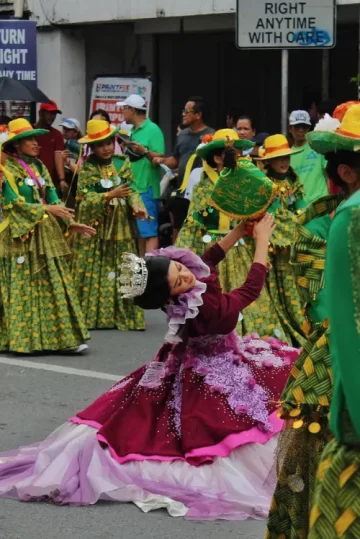
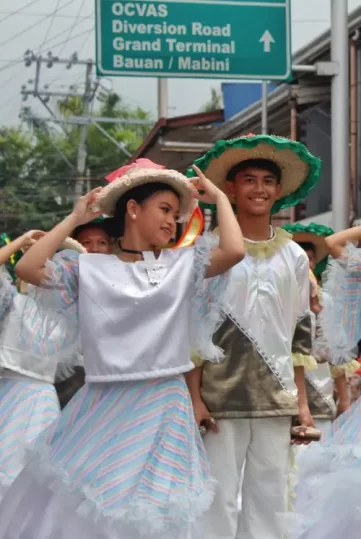
Local Attractions
Batangas in the Philippines offers a range of local attractions that cater to various interests. These are just a few of the attractions you can explore in Batangas. Whether you’re interested in history, nature, or relaxation, the city offers something for everyone.
Getting Around
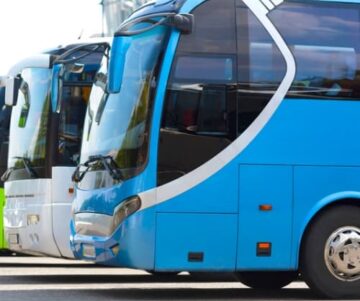
Buses
Buses provide transportation for longer distances, connecting Batangas with other regions and provinces. These buses have designated terminals and offer a more comfortable option for longer journeys.

Jeepneys
Jeepneys are a staple mode of public transportation in the Philippines. They are colorful, elongated jeeps that can carry multiple passengers. Jeepneys follow specific routes and have fixed fares.
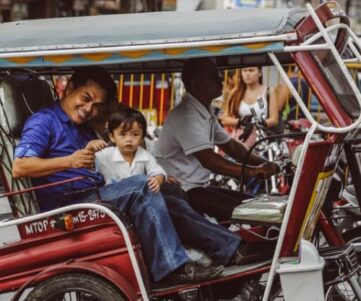
Tricycles
These motorized vehicles consist of a motorcycle with a sidecar, which can accommodate around 3 to 4 passengers. Tricycles are commonly used for short trips within the city, and fares are usually negotiable.

